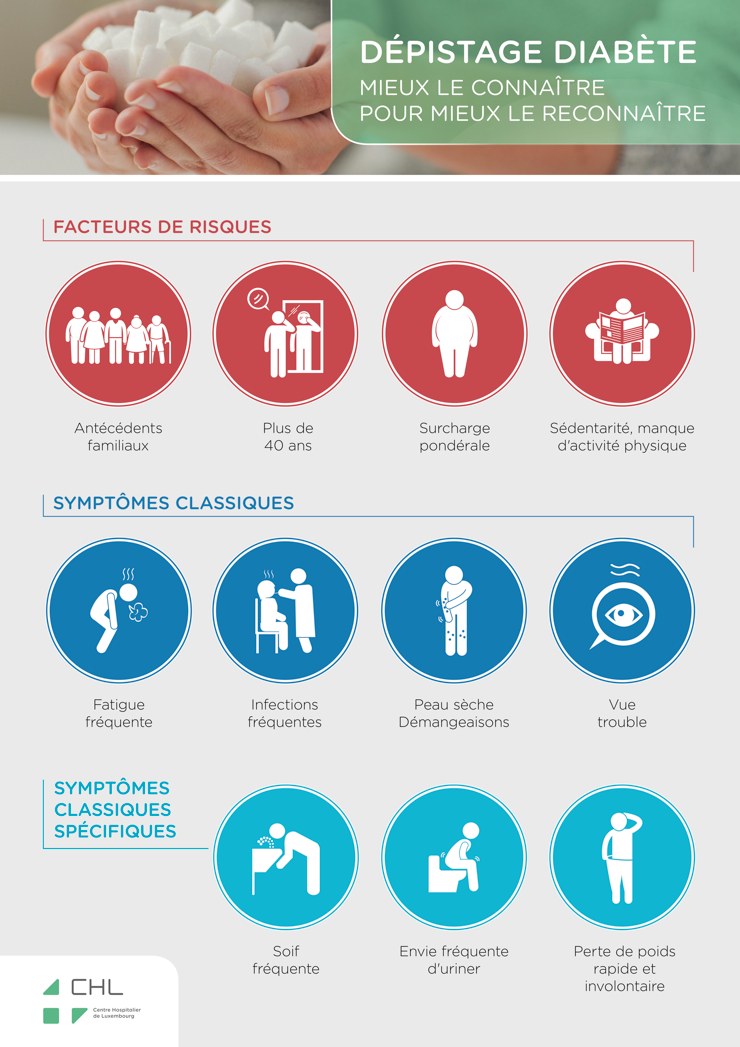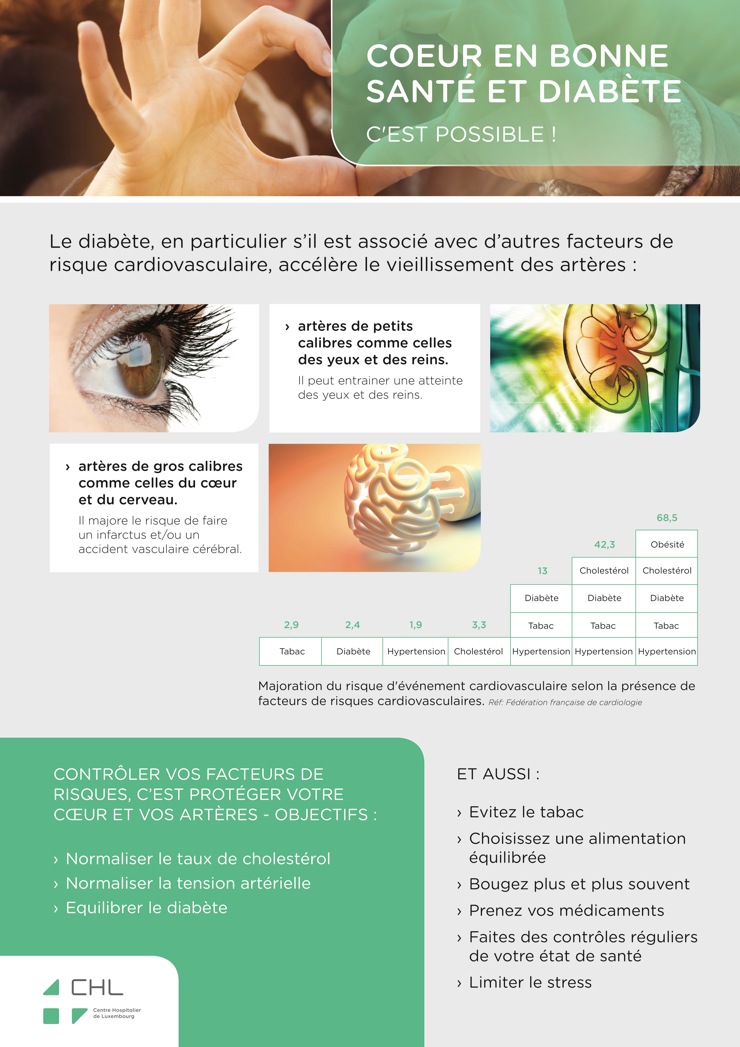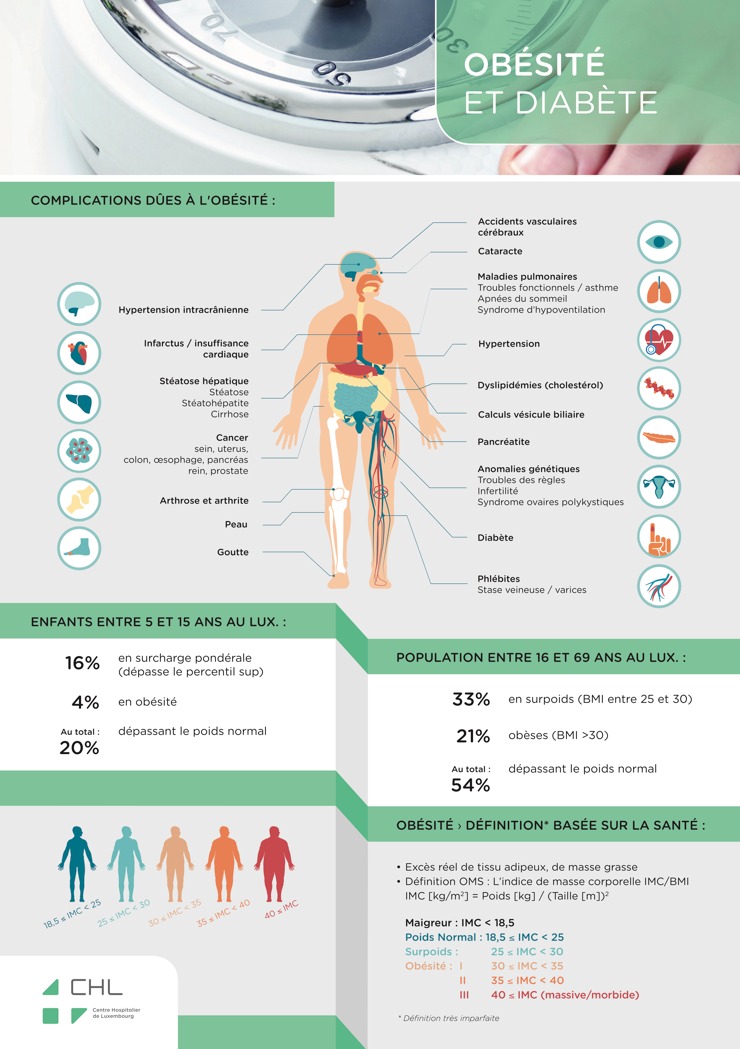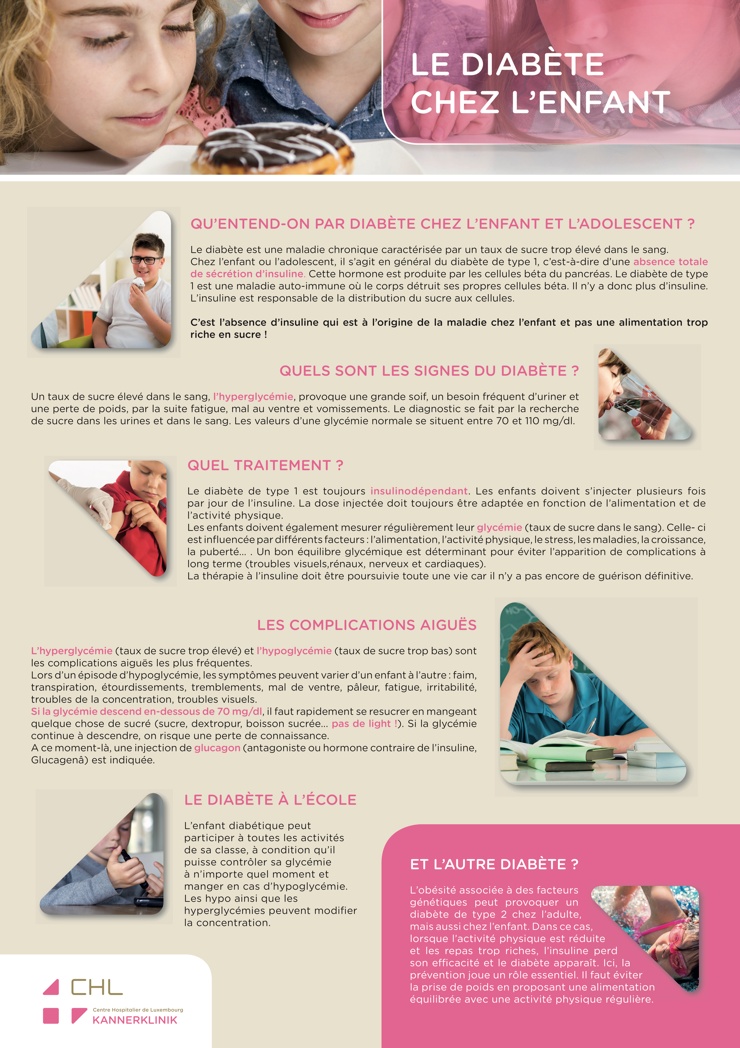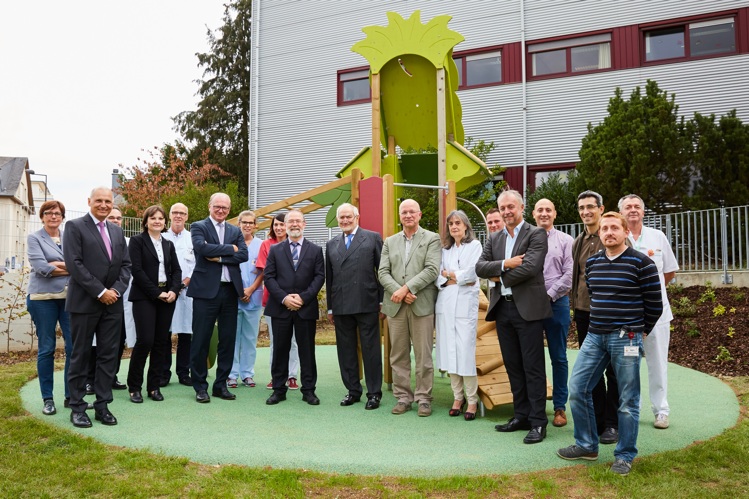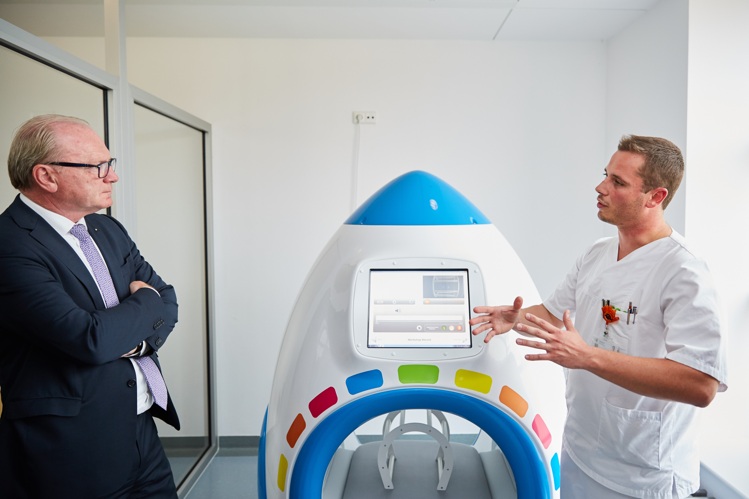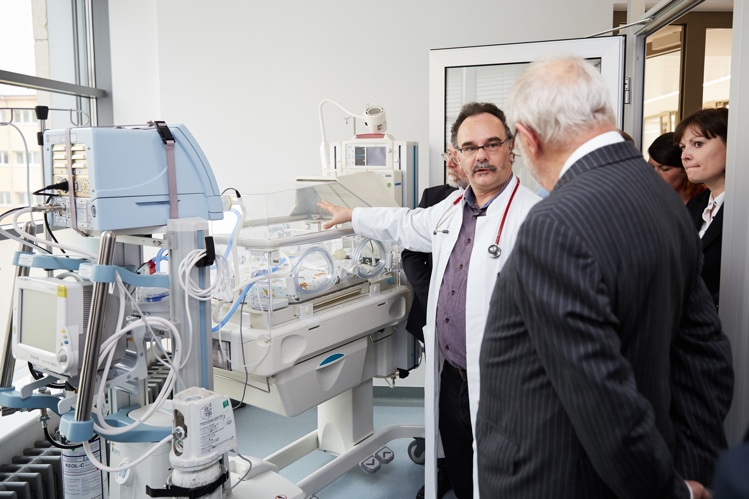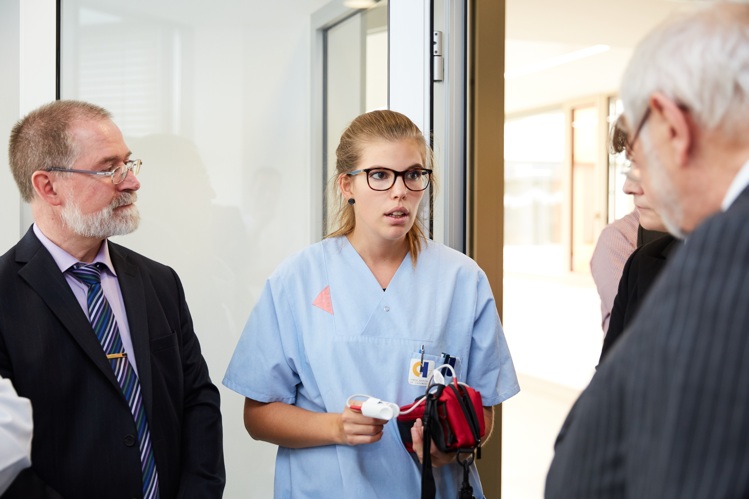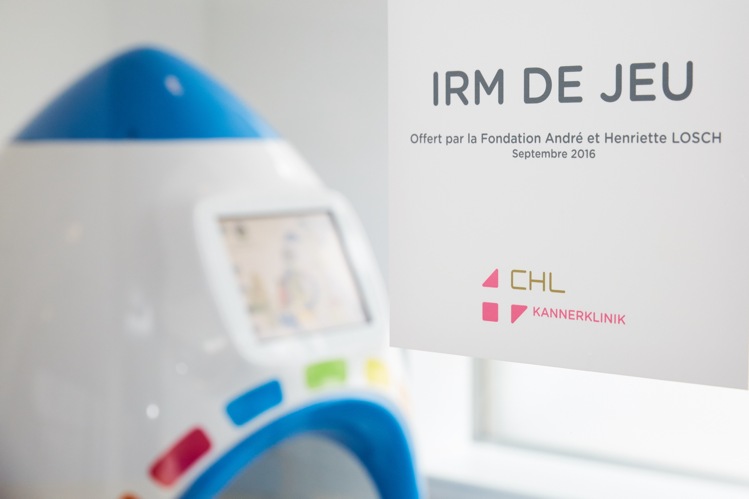World hepatitis day, 28 July 2016, is one of four official World Health Organization (WHO) World Days. It’s an opportunity to intensify national and international efforts against this disease.
Are you at risk?
Viral hepatitis is a group of infectious viral diseases of which there are several types: A, B, C, D and E. This disease affects 400 million people worldwide, causing acute and chronic liver disease. Given the scale of the epidemic, anyone could be at risk.
Hepatitis kills approximately 1.4 million people per year, especially hepatitis B and hepatitis C.
Although viral hepatitis can be detected by a blood test, most people are unaware that they are infected with hepatitis B or C.
WHO estimates that only 1 in 5 infected people have acute symptoms. Even in this case, blood tests are often not performed since these acute symptoms are often mild or similar to flu-like symptoms. If left untreated, hepatitis B and C may become chronic and result in death, cirrhosis or liver cancer.
Although five strains of viral hepatitis exist (types A to E), types B and C contribute most to the burden of disease in the WHO European Region and thus efforts primarily target these two latter strains.
Hepatitis A and E are caused by ingesting contaminated food or water, whereas hepatitis B, C and D usually occur after contact with contaminated blood or body fluids (saliva). Hepatitis B is mainly transmitted through sexual intercourse, from mother to child, and through contaminated blood. Hepatitis C is primarily spread by blood and less often through sexual contact.
Become active!
The Ministry of Health is inviting everyone to come learn about hepatitis, to be screened to learn their personal status, and to take the prescribed treatments in case of infection so as to reduce the number of cases and deaths due to hepatitis.
Furthermore, in order to raise public awareness of the risk posed by hepatitis, as well as to increase access to screening and treatment services, targeted activities will be organised in Luxembourg City on this World Day.
The Ministry of Health, in collaboration with HIV Berodung of the Luxembourg Red Cross, the Luxembourg Institute of Health and the Centre Hospitalier du Luxembourg, is extending an invitation for a day of screening and information, organised on 28 July, to highlight the importance of prevention and early detection.
An information stand, distributing condoms and flyers, will be set up on the railway station plaza from 13:00 to 16:00. In addition, experts on the subject matter will be present to answer all hepatitis-related questions. The DIMPS (Mobile Intervention Facility to Promote Sexual Health) will also be on site and will offer rapid, free and anonymous screening tests.
A Hepatitis Quiz will also be held and participants will be offered “health” gadgets.
Get screened!
Screening is the only way to detect infections early, in order to ensure suitable medical and psychological-social care and reduce morbidities and death that may follow.
HIV Berodung of the Luxembourg Red Cross (specialised ward for hepatitis, STI and HIV prevention, as well as for individual counselling and psychological-medical-social monitoring of the persons concerned) offers rapid, free and anonymous screening tests throughout the year on their premises, at CIGAL and in the DIMPS (Mobile Intervention Facility to Promote Sexual Health). The sites and timetables can be consulted on the website www.dimps.lu.
A nursing consultation for STIs (sexually transmitted infections) at the Centre Hospitalier du Luxembourg also offers hepatitis and HIV screening tests, via a blood test, all year round, 24 hours a day, 7 days a week. For more information please visit the website or call 4411 8348 or 4411 2730.
Fight the Silent Epidemic
A safe and effective vaccine against infection caused by the hepatitis B virus has been available for over 20 years. Most countries in the European Region routinely immunise newborns and children: this initiative has made remarkable progress that will enable future generations to be free of hepatitis B. At present, there is no hepatitis C vaccine. As a result, current efforts are focused on improving prevention, diagnosis and treatment.
Get treated!
At the global scale, most people who need treatment do not receive it because they are unaware of their condition or they have difficultly accessing health care services - less than 1% have access to treatment. Although hepatitis spontaneously resolves in most cases, an appropriate treatment must be taken for hepatitis B and hepatitis C otherwise major life-threatening complications from chronic disease may occur: cirrhosis and liver cancer. Currently, more than 90% of persons with hepatitis C can be cured within 3 to 6 months.
European Region
There is a silent epidemic of viral hepatitis types B and C in the WHO European Region, where it is estimated that 13.3 million people are living with chronic hepatitis B and 15 million people with hepatitis C.
Because of the high burden of disease, more attention needs to be paid to viral hepatitis in Europe. Hepatitis B and C each affect up to 2% of the population in the WHO European Region, and together kill over 120,000 people every year. We need to take urgent action, working closely with our partners, to address this neglected and silent epidemic.
Worldwide, approximately 500 million people are affected by chronic conditions caused by hepatitis B and C. Together, they are the most common causes of cirrhosis and liver cancer.
First global health sector strategy on viral hepatitis
Member States are invited to support the first global health sector strategy on viral hepatitis, launched at the World Health Assembly in May 2016. It will cover the period 2016-2021.
This new strategy sets the following milestones: a 30% reduction in the number of new cases of hepatitis B and hepatitis C and a 10% reduction in mortality by 2020.
The proposed strategies include expanding hepatitis B immunisation programs; focusing on preventing mother-to-child transmission of hepatitis B; improving the safety of injections, transfusions and surgical procedures; organising “harm reduction” services for people who inject drugs; and improving access to hepatitis B and hepatitis C diagnosis and treatment.
Research in Luxembourg
In Luxembourg, an estimated 3,000 people are infected with the Hepatitis C virus for which there is no vaccine. In response to this scourge, researchers at the Luxembourg Institute of Health (LIH), in partnership with the Centre Hospitalier de Luxembourg (CHL), are carrying out research and epidemiological studies to better understand and curb the disease.
Although treatments exist to eradicate the Hepatitis C virus, they are not effective in 10 to 15% of cases. It is imperative to study and understand these failures, which can be explained by the emergence of drug resistance.
This is what Dr Carole Devaux’s team at the Infectious Diseases Research Unit and the Clinical and Epidemiological Investigation Centre (CIEC) at the LIH are trying to do through two studies.
The first study is being carried out among drug users in order to learn more about their consumption habits and the associated risk factors, to assess the efficacy of new treatments and to improve preventive measures. This study is currently being carried out at Abrigado, the Centre Hospitalier de Luxembourg (CHL) and Jugend-an-Drogenhëllef.
The goal of the second study, currently being carried out in two prisons in Luxembourg, is to annually follow-up patients in custody and to provide descriptive data (re-infection rates, risk factors, etc.) that can be used to better understand, treat or prevent this epidemic. This study also makes it possible to put participants in touch with opioid substitution therapy programmes to help them stop their consumption.
A register listing cases of failures and resistance to new hepatitis C treatments was created by the LIH in order to help establish a European monitoring programme. This register will collect data from 18 sites in 13 different European countries and Israel.
Released by the Ministry of Health, LIH, HIV Berodung and the CHL.




